In Ancient Egypt, cats were revered as sacred animals and played a significant role in religion and daily life. The Egyptians viewed cats as symbols of protection and divinity, often associating them with the goddess Bastet, the deity of home, fertility, and childbirth. By honoring cats, the Egyptians managed rodent populations, protecting vital grain stores from being compromised. This reverence influenced burial practices; cats were often mummified and buried alongside humans, signifying their importance in the spiritual and practical realms of Egyptian society.
The Black Death and the Cats’ Contribution
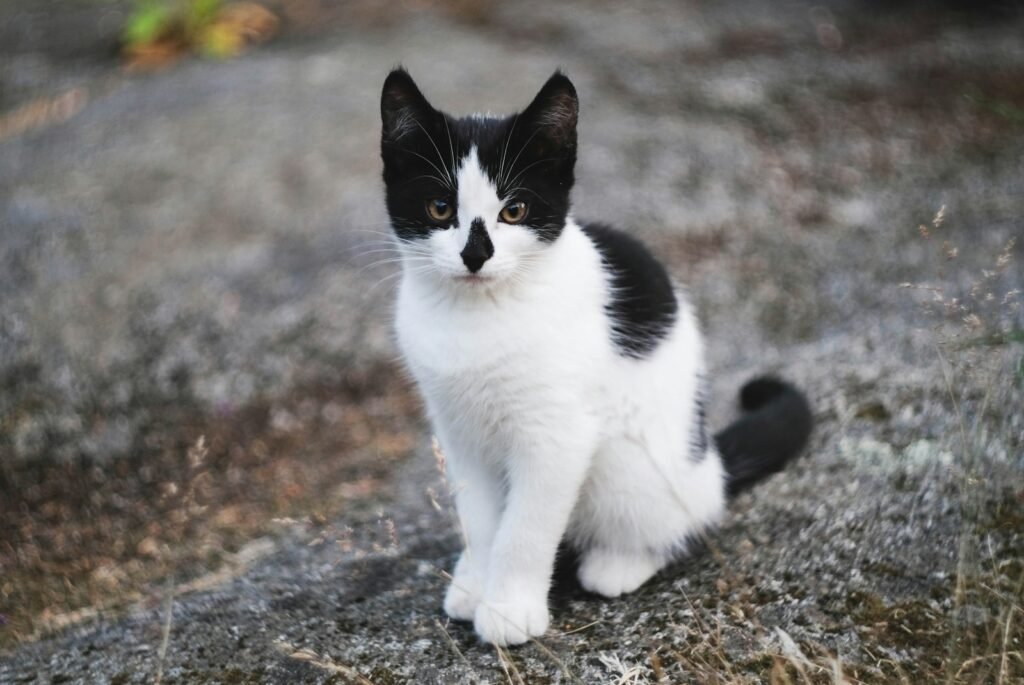
During the Middle Ages, Europe was ravaged by the Black Death, a pandemic believed to be spread by rats and fleas. Cats, natural predators of rats, could have mitigated the spread of the disease. Unfortunately, superstition led to the mass killing of cats, as they were often associated with witches and evil. This resulted in an increased rat population, further exacerbating the spread of the plague. It was only later that the contribution of cats to controlling rodent populations and indirectly managing the spread of disease was recognized.
Cats and the Protection of Manuscripts
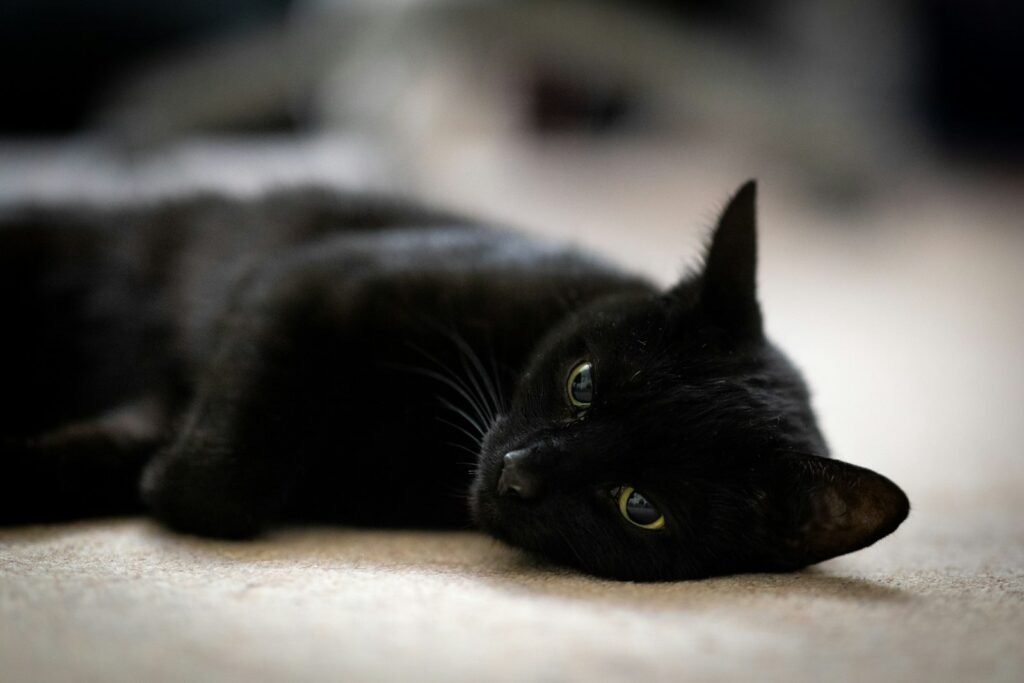
In the Middle Ages, monasteries and libraries served as guardians of knowledge, painstakingly transcribing important texts by hand. Cats were kept in these institutions as efficient pest controllers. By safeguarding parchment and paper from rats and mice, cats inadvertently preserved countless manuscripts and historical records, ensuring the transmission of knowledge across generations. The presence of cats in these sacred spaces was essential to the preservation of early literature and scientific documents.
A Sailor’s Best Companion: Cats at Sea

Throughout history, cats have accompanied sailors on voyages, earning their place on ships due to their exceptional hunting abilities. Cats served to protect provisions from rat infestations, which was crucial for long journeys when food supplies were finite. In addition to their practical role, cats provided companionship and a sense of comfort to sailors, who often faced psychological stresses during lengthy sea expeditions. The integration of cats into maritime life underpinned the successful maritime ventures of many nations.
The Cursed Cats of Pope Gregory IX

In the early 1200s, Pope Gregory IX issued a papal decree that linked cats, particularly black ones, with devil worship. This decree led to widespread fear and persecution of cats across Europe. The consequent decline in cat populations may have, inadvertently, set the stage for the spread of the Black Death a century later. Without the natural control of rat populations by cats, the conditions were ripe for the bubonic plague to spread unchecked, demonstrating the unintended consequences of superstition intersecting with public health.
A Presidential Feline: Abraham Lincoln’s White House Cats
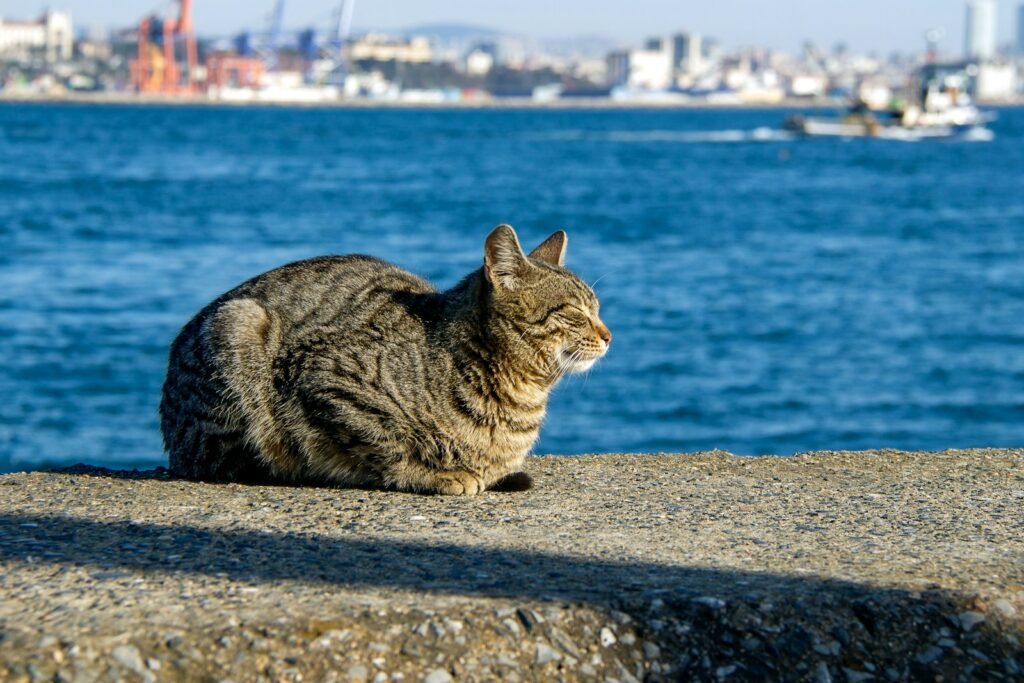
President Abraham Lincoln, known for his love of animals, had several cats during his presidency. Not only did these cats serve as personal companions, aiding Lincoln during the trials of leadership through the Civil War, but they also contributed to a shift in public perception. Lincoln’s fondness helped elevate the societal status of cats, making them more popular as household pets in America, thereby enhancing human-animal relationships and changing domestic culture.
Cats in Space: The First Feline Astronaut
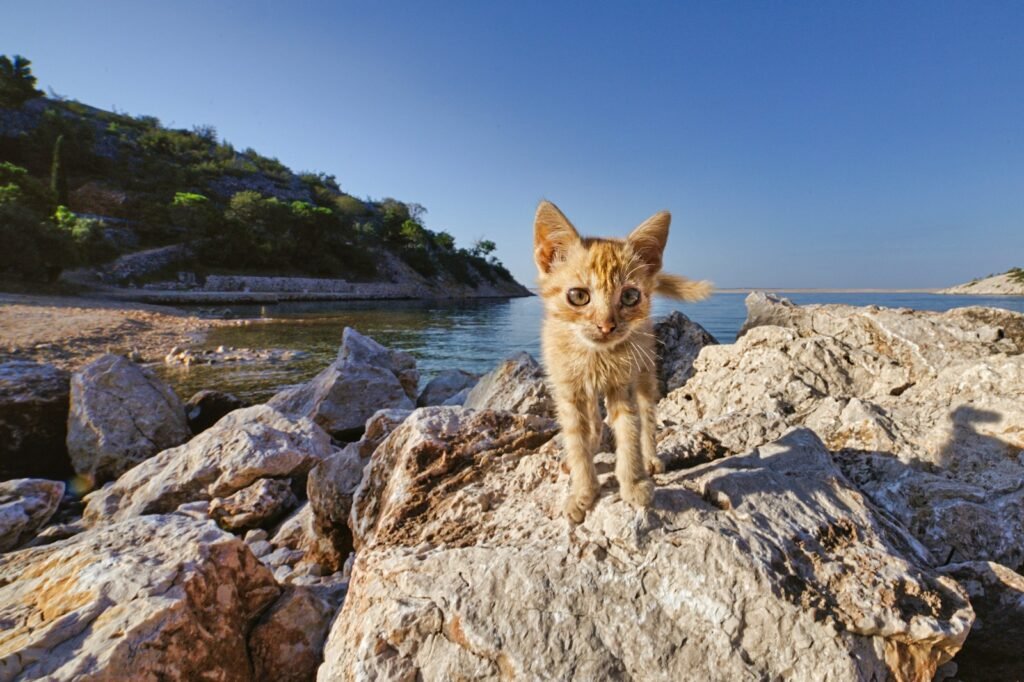
In 1963, the French space agency sent the first cat, named Félicette, into space, paving the way for future biological research in space exploration. Unlike her predecessors, Félicette’s mission provided valuable data on the effects of space travel on animal physiology, contributing to our understanding of life in space. This mission underscored the potential of animals in space research and marked a milestone in scientific exploration, illustrating another way cats have intersected with crucial developmental stages in human history.
The UK’s Feline Pest Controllers
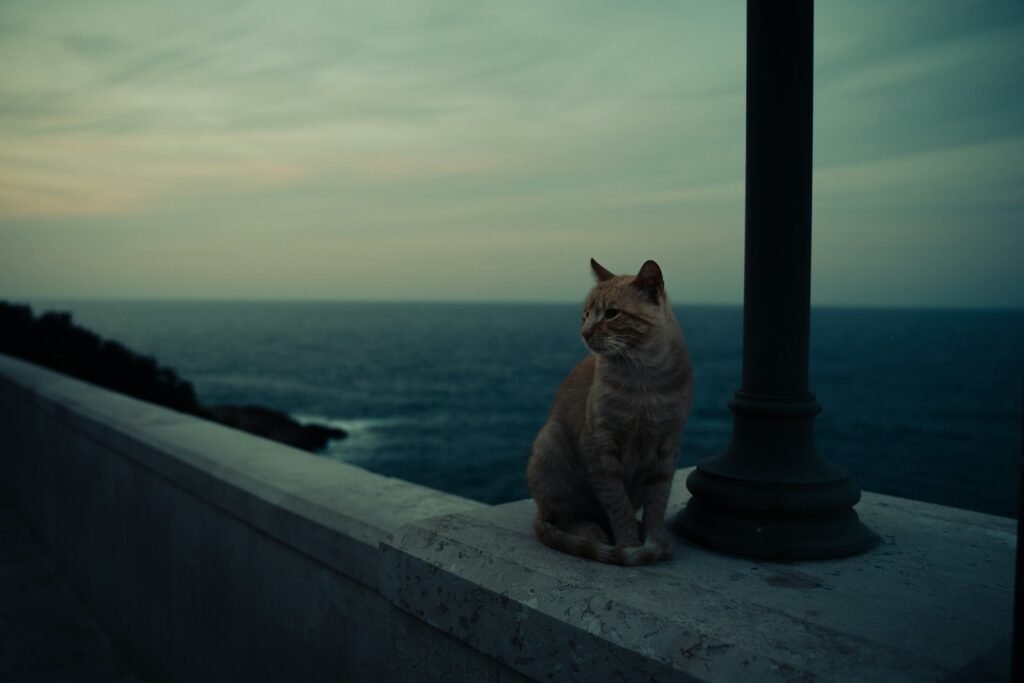
In recent decades, cats have been employed by governmental institutions in the UK, notably the British Parliament, as official pest controllers. These working cats play a pivotal role in managing rodent populations in urban and institutional settings. Known as government mousers, cats like Larry the Cat have become internet sensations, influencing public opinion and increasing awareness about humane pest control methods and the role of animals in public service.
Cats and Defection: The Embassy Cat of Julian Assange
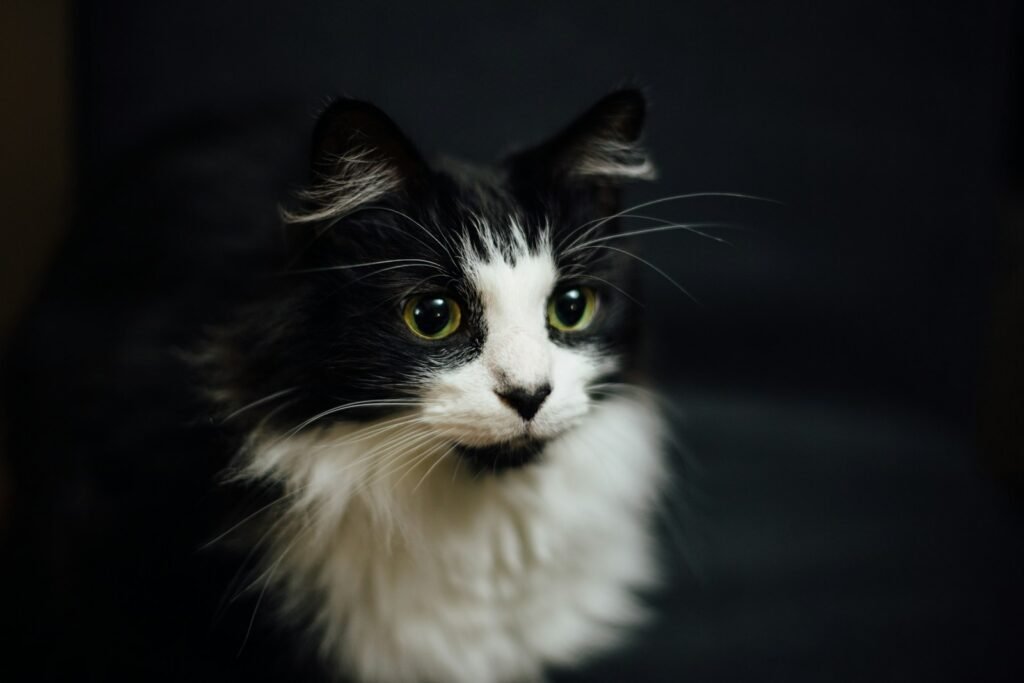
Julian Assange’s residency in the Ecuadorian Embassy in London became internationally known, with his cat, Michi, gaining media attention. Through an unlikely lens, the cat shared the global spotlight, drawing attention to Assange’s situation and humanizing the narrative surrounding political asylum and diplomatic tensions. This instance highlights how even domestic animals can serve as public relations figures, softening hard news stories and impacting public discourse.
The Psychological Benefits of Cats in Therapy
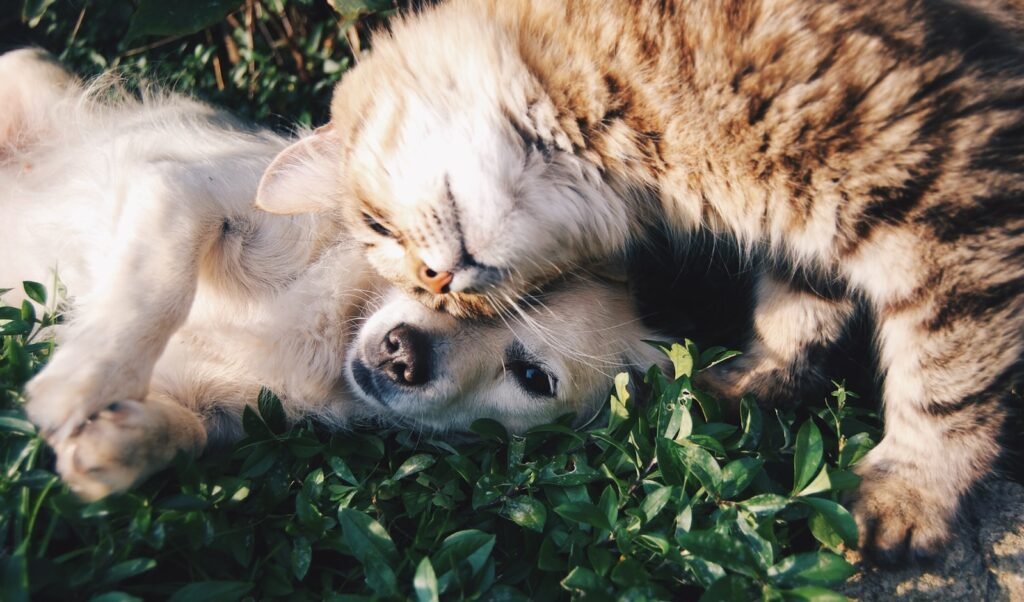
Studies have increasingly shown that interactions with cats can offer therapeutic benefits, reducing stress and anxiety. This has led to the rise of cat-assisted therapy, where cats are used in therapeutic settings as a complement to traditional treatments. Their calming presence can significantly aid in mental health treatment, influencing many people’s lives for the better. The integration of cats into therapeutic practices demonstrates their evolving role in human well-being, emphasizing the enduring bond between humans and felines.
Hi, I’m Bola, a passionate writer and creative strategist with a knack for crafting compelling content that educates, inspires, and connects. Over the years, I’ve honed my skills across various writing fields, including content creation, copywriting, online course development, and video scriptwriting.
When I’m not at my desk, you’ll find me exploring new ideas, reading books, or brainstorming creative ways to solve challenges. I believe that words have the power to transform, and I’m here to help you leverage that power for success.
Thanks for stopping by, Keep coming to this website to checkout new articles form me. You’d always love it!





